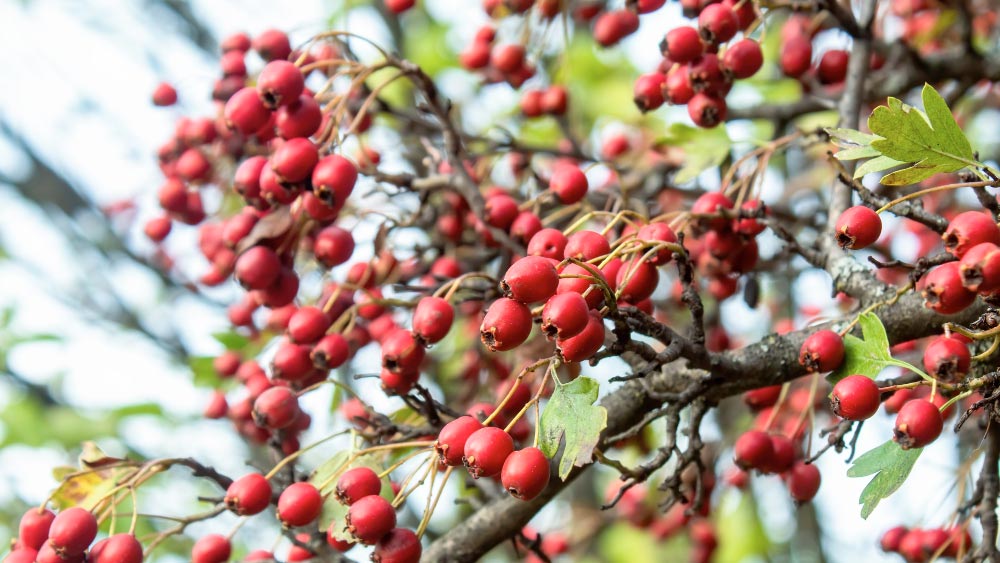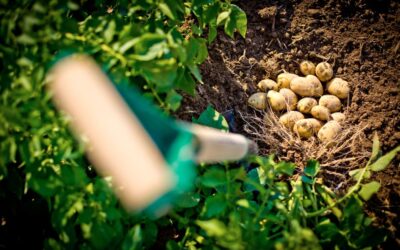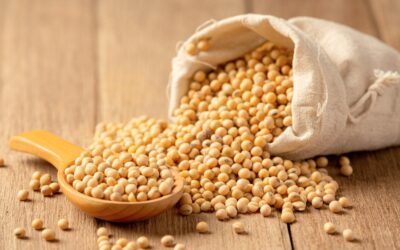Fertilization Techniques for Coffee Plants
1) Types of Fertilizers Used:
02 types include:
(i) Organic Mineral Fertilizer SH01
(ii) Organic Microbial Fertilizer VN3
Table 1. Registered Composition and Content of Substances

2) Fertilizer Application Guide by Suoi Hai Production and Trading Joint Stock Company
2.1) Base Fertilization for Newly Planted Coffee
Organic microbial fertilizers play an important role in improving the physical and chemical properties of the soil. They provide a balanced source of nutrients, making the soil more aerated and loose. For young coffee plants, it is essential to develop roots, stems, branches, and leaves quickly. Early root development allows the roots to reach deeper layers to absorb water and resist drought, while branch growth helps in forming the canopy structure.
The VN3 organic microbial fertilizer from Suoi Hai Production and Trading Joint Stock Company contains not only macro, secondary, and micronutrients formed after the decomposition of pig and cow manure into compost but also beneficial microorganisms that support plant growth and development and limit the growth of pathogenic microorganisms in the root zone.
- Application rate: 0.5 kg of VN3 organic microbial fertilizer and 0.2 kg of SH01 fertilizer per hole
- Application time: 7-10 days before planting
- Method of application: Place the fertilizer into the planting hole, mix well with the soil in the hole, and keep the hole moist.
2.2) Fertilizing for coffee during the basic construction and production stages
* Fertilizing principles
- Fertilize according to each development stage of the plant
- Balance the NPK elements
- Apply at the right time, in the right way, and in the correct amount
Table 2. Dosage and method of fertilizing for coffee during the basic construction and production stages

Note: Do not fertilize during prolonged hot weather. Apply fertilizer when the soil is adequately moist, and avoid fertilizing during heavy rains or periods of concentrated rainfall.
3) Pest and Disease Control
Effective pest and disease control directly impacts the yield of coffee plants. Emphasize integrated pest management (IPM) principles, which include the increased use of organic fertilizers and biological products, based on regular field inspections and maintaining weed-free fields.
Some types of pests and diseases are as follows:
a) Pests:
- Damage-causing scale insects: Green scale (Coccus viridis); Brown scale (Saissetia hemisphaerica); Mealybug (Pseudococcus sp.): These scale insects concentrate heavily on damaging coffee plants at various stages of growth and on various parts. Green and brown scales damage young leaf shoots. Mealybugs damage the fruit by sucking nutrients from the fruit stalk, causing fruit drop. Mealybugs also damage roots by sucking nutrients, resulting in poor root development and creating conditions for fungal invasion, leading to symptoms of yellowing leaves and root rot.
- Coffee berry borer: The coffee berry borer inflicts severe damage during the mature fruit stage and can live on dried fruit. The adult is a small, brown or black, hard-winged beetle, measuring from 2.5mm to 4mm in length. The adult beetle bores into the berry, creating small furrows to lay eggs. The larvae feed on the berry pulp. The borer prefers to live in ripe berries, especially dried berries on the tree and those fallen on the ground.
b) Plant Diseases:
- Rust Disease (Hemileia vastatrix): This disease affects the leaves, causing them to fall off, weakening the plant, reducing productivity, and possibly leading to death. Symptoms appear on the underside of the leaves, starting as small yellowish spots which later enlarge, turn orange-yellow, and become scorched. These spots may coalesce, leading to complete leaf scorching and defoliation. The disease has a strong impact on coffee plants, with around 50% of Arabica coffee trees affected by the disease, and the severity varies among individual plants. It typically occurs at the beginning of the rainy season.
- Dry Twig and Fruit Disease: This disease affects the fruit, twigs, and leaves. It causes severe damage to coffee cherries, with symptoms of black rot at the tip of the fruit, leading to premature dropping. The first signs of the disease are small yellowish-brown or brown spots on the fruit, twigs, and leaves. These spots expand and turn dark brown, sinking deeper compared to surrounding areas. The disease gradually spreads across the fruit peel, twigs, and leaves, causing them to blacken, dry, and fall off. The disease usually develops at the beginning of the rainy season, with the peak occurring around October.
- Pink Disease (Corticium salmonicolor): This disease affects the fruit and branches. Initially, small white powdery spots resembling pollen appear on the fruit and branches. These spots develop into a thin pink layer of powdery substance. If it occurs on branches, this powdery layer is usually found on the underside, while on fruits, it typically starts from the fruit stalk. The disease causes severe damage to Arabica coffee plants, and Robusta coffee is also sporadically affected. It spreads quickly within a plant but spreads slowly from one plant to another. The disease thrives in high humidity and light conditions and usually emerges from June to July, peaking in September.
- Root Rot Disease (Zhizoctonia solani): This disease affects young coffee plants in nurseries and plants aged 1 to 2 years. In nursery plants, the part of the stem adjacent to the soil (root collar) becomes black and shriveled. If the disease occurs during the establishment period, the plants exhibit yellowing leaves, slow growth, and gradual root loss. The disease typically occurs in nurseries with high humidity, poor ventilation, and compacted soil. In field crops, the disease often appears during the rainy season in moist areas with little soil disturbance. The disease develops slowly and spreads through activities such as mowing and plowing. The source of the disease can spread from infected nursery plants. To prevent the disease in nursery plants, avoid excessive watering, excessive mulching, ensure soil ventilation in containers, and remove diseased plants.
- Root Knot Nematode Disease (caused by Root Knot Nematode Pratylenchus coffea and fungi Fusarium spp., Rhizoctonia spp.): This disease occurs in both commercial coffee plantations and basic establishment plots, but is more prevalent in commercial plantations. The fibrous root system rots gradually from the tip, causing the plant to lose its ability to absorb water and nutrients, eventually withering and dying. In commercial plantations with extensive root systems, affected plants exhibit yellowing leaves and a slower rate of death compared to younger plants during the basic establishment period. To prevent the disease in unaffected plantations, ensure adequate and balanced fertilization, enhance organic fertilization, and use biological soil amendments, especially in high-yield plantations over several years. The disease often spreads through plowing and water sources. Therefore, in affected areas, soil disturbance and flooding should be minimized, and severely diseased plants should be removed. For unaffected or mildly affected plants, chemical treatments can be used for prevention.
- Stump Root Rot Disease (caused by Root Knot Nematode Pratylenchus coffea and fungi Fusarium spp.): This disease primarily affects replanted coffee plants in basic establishment plots on land cleared from old, exhausted coffee plantations or plantations affected by root rot disease. The main taproot of the plant rots and breaks horizontally, while the fibrous root system near the soil surface grows vigorously. As a result, the plants exhibit pronounced leaf yellowing towards the end of the rainy season and the beginning of the dry season. Diseased plants can be easily uprooted by hand, and in severely affected plants, the fibrous roots also rot. Until now, the most effective and economical measure for disease prevention is careful root plowing during land clearing, followed by soil improvement using short-term cereal crops or leguminous plants for at least 2 – 3 years before replanting coffee. For affected plantations, timely removal of diseased plants and their incineration is necessary to prevent further spread of the disease.



